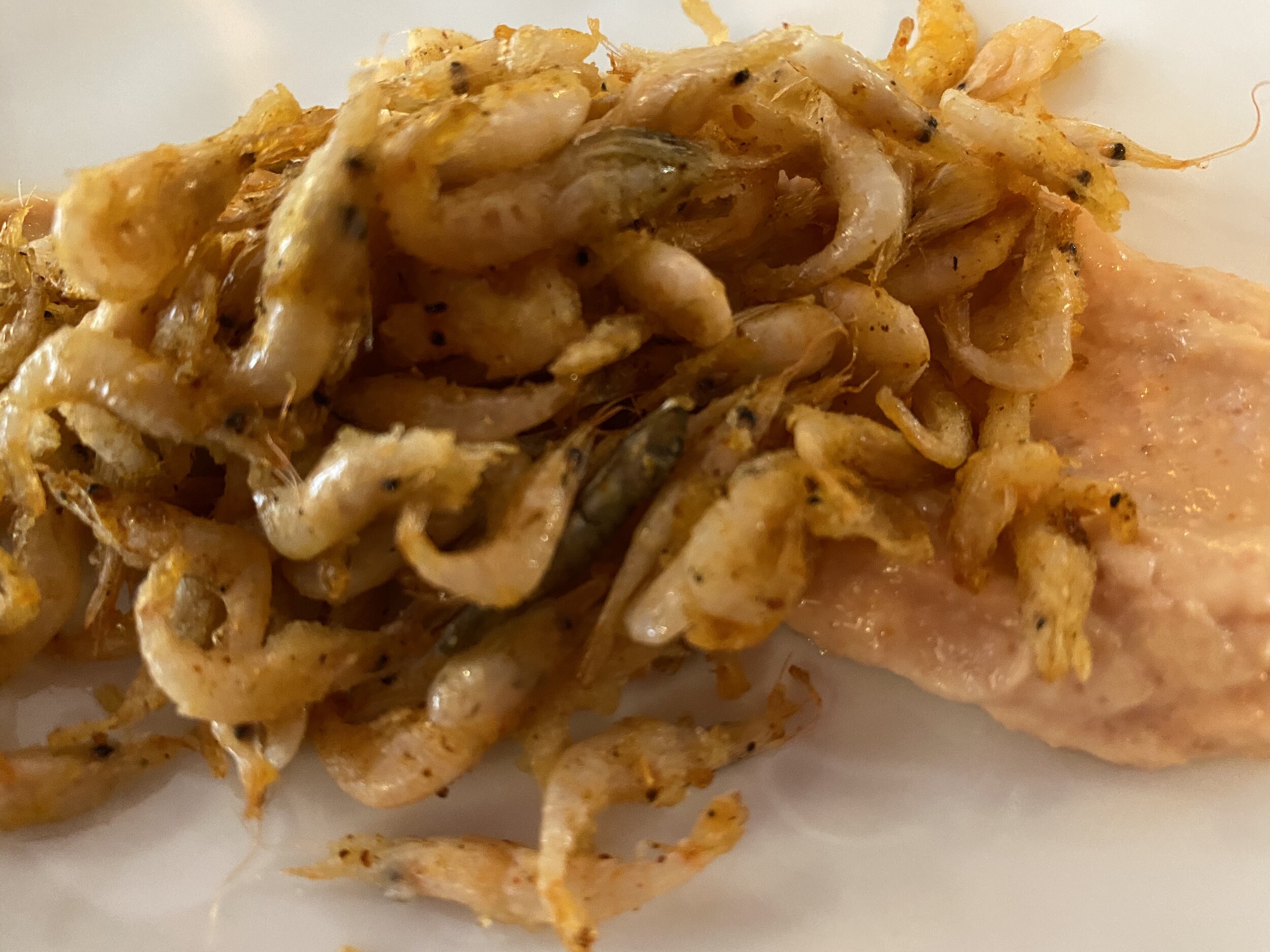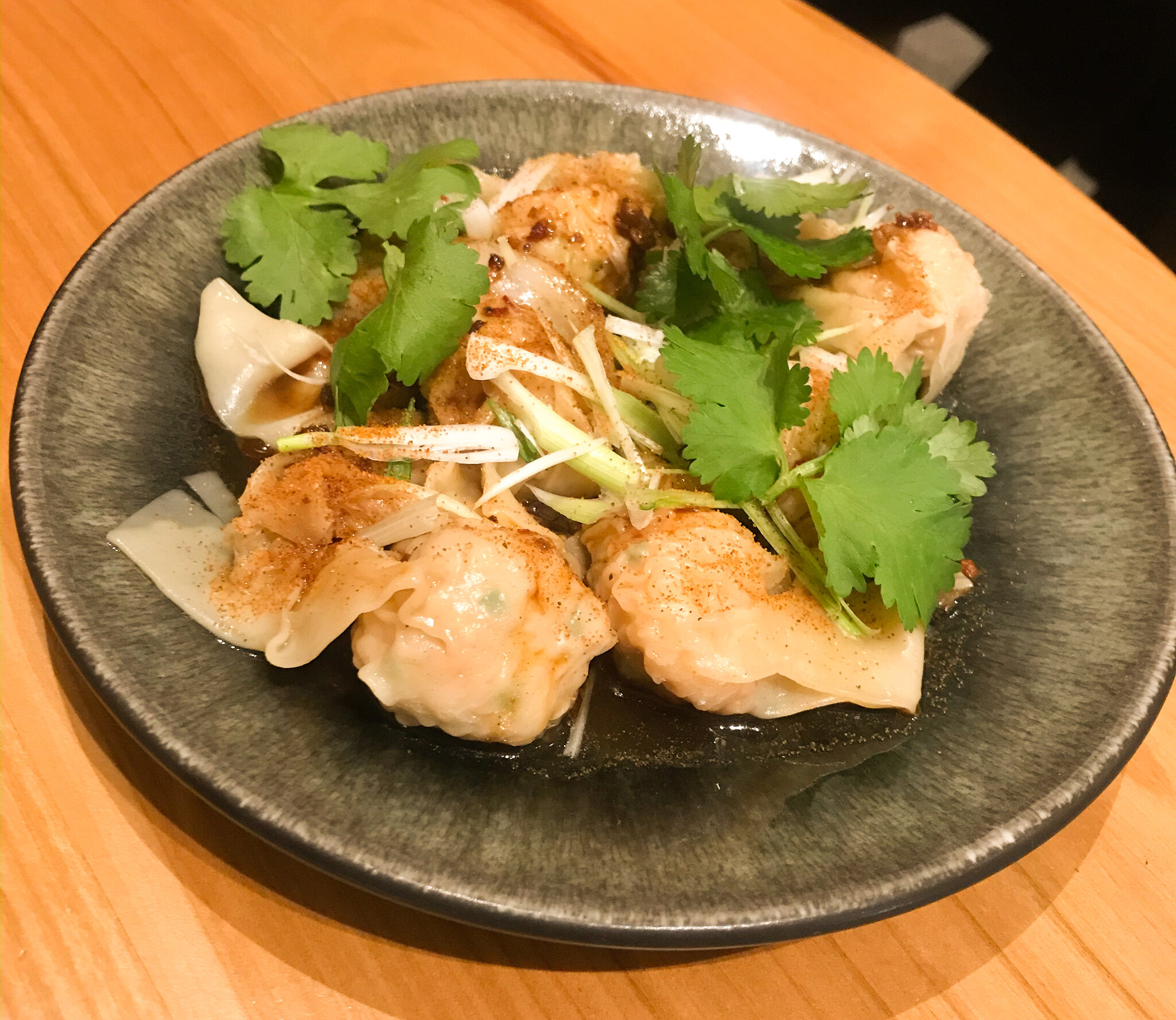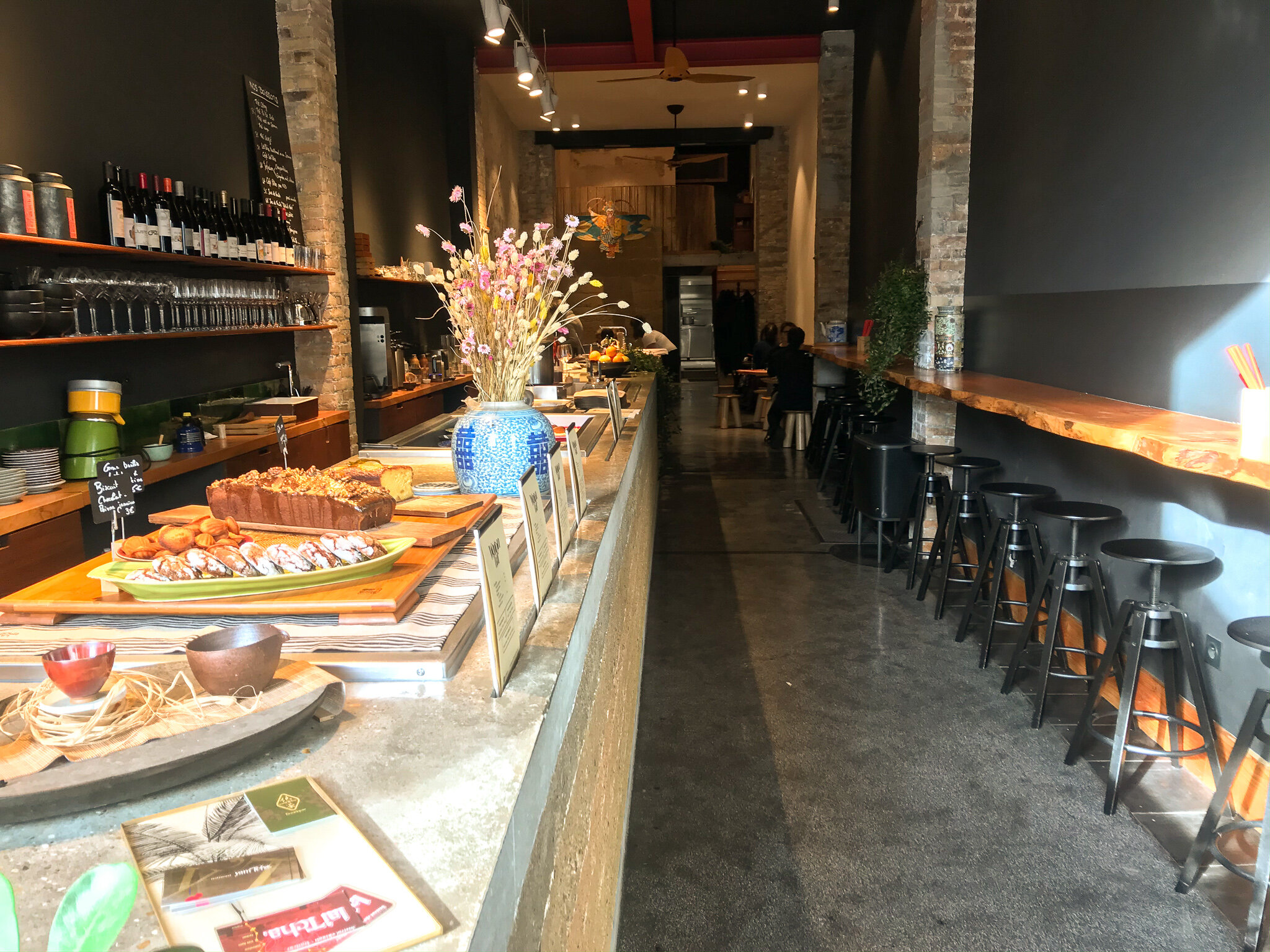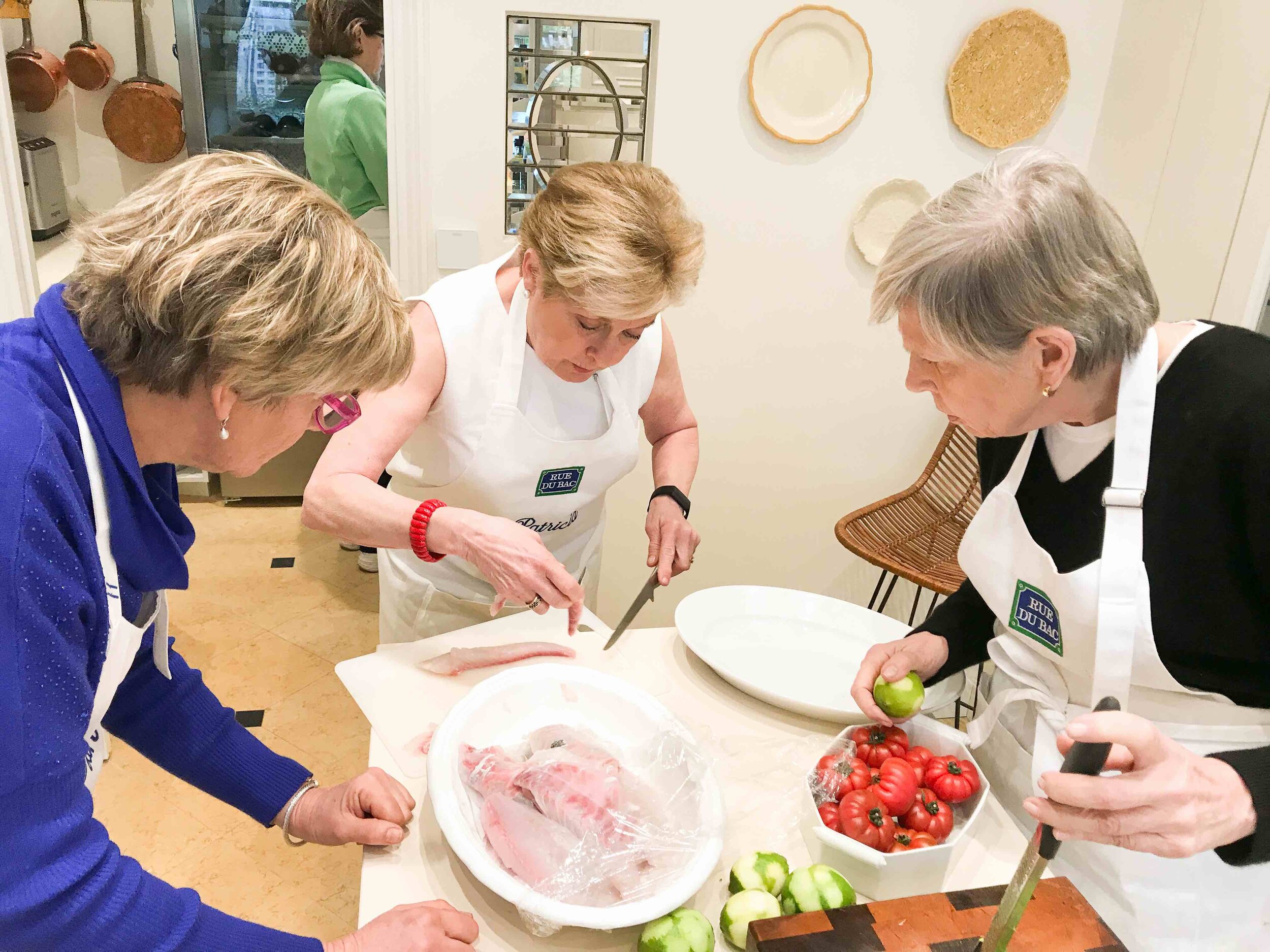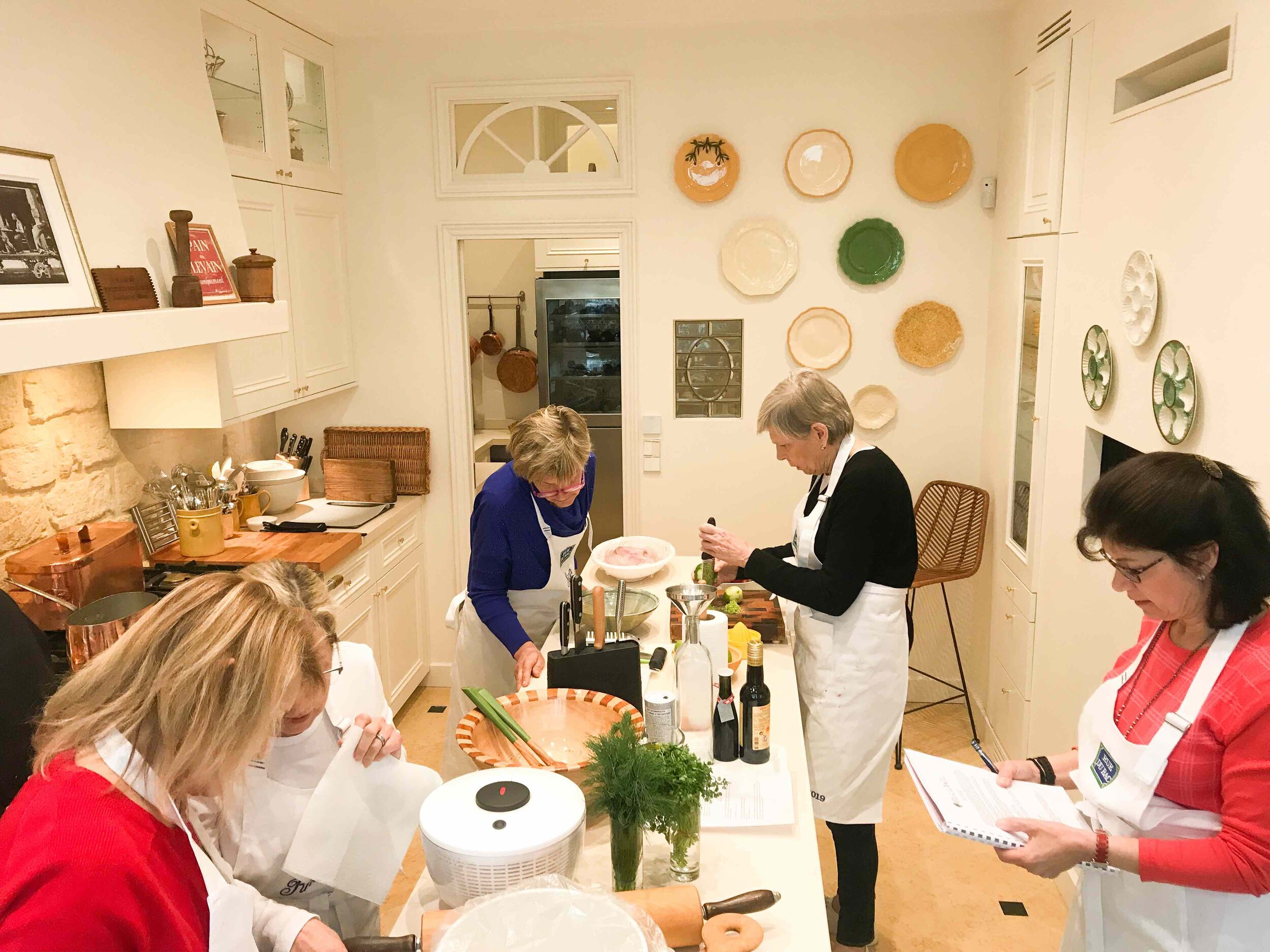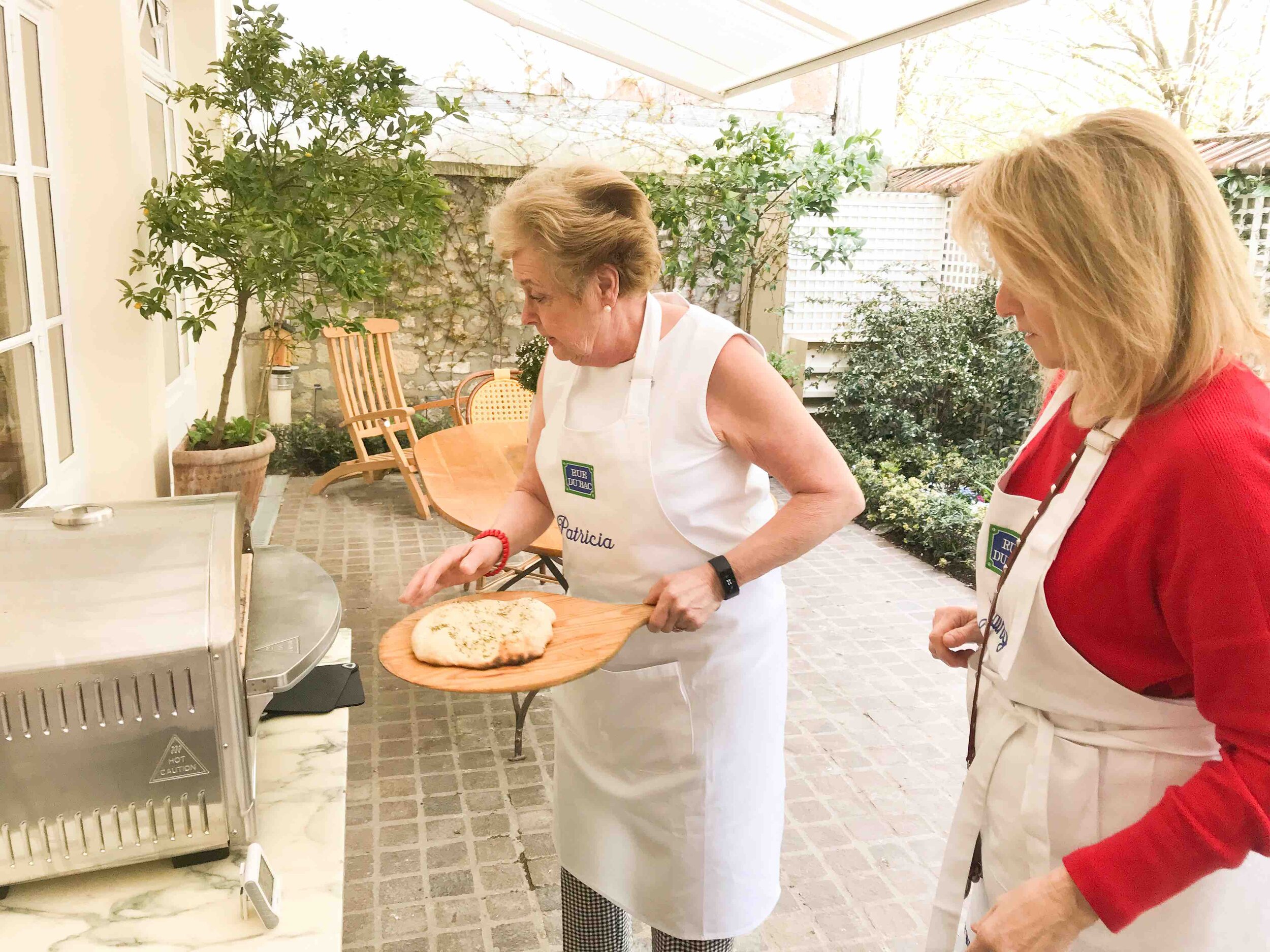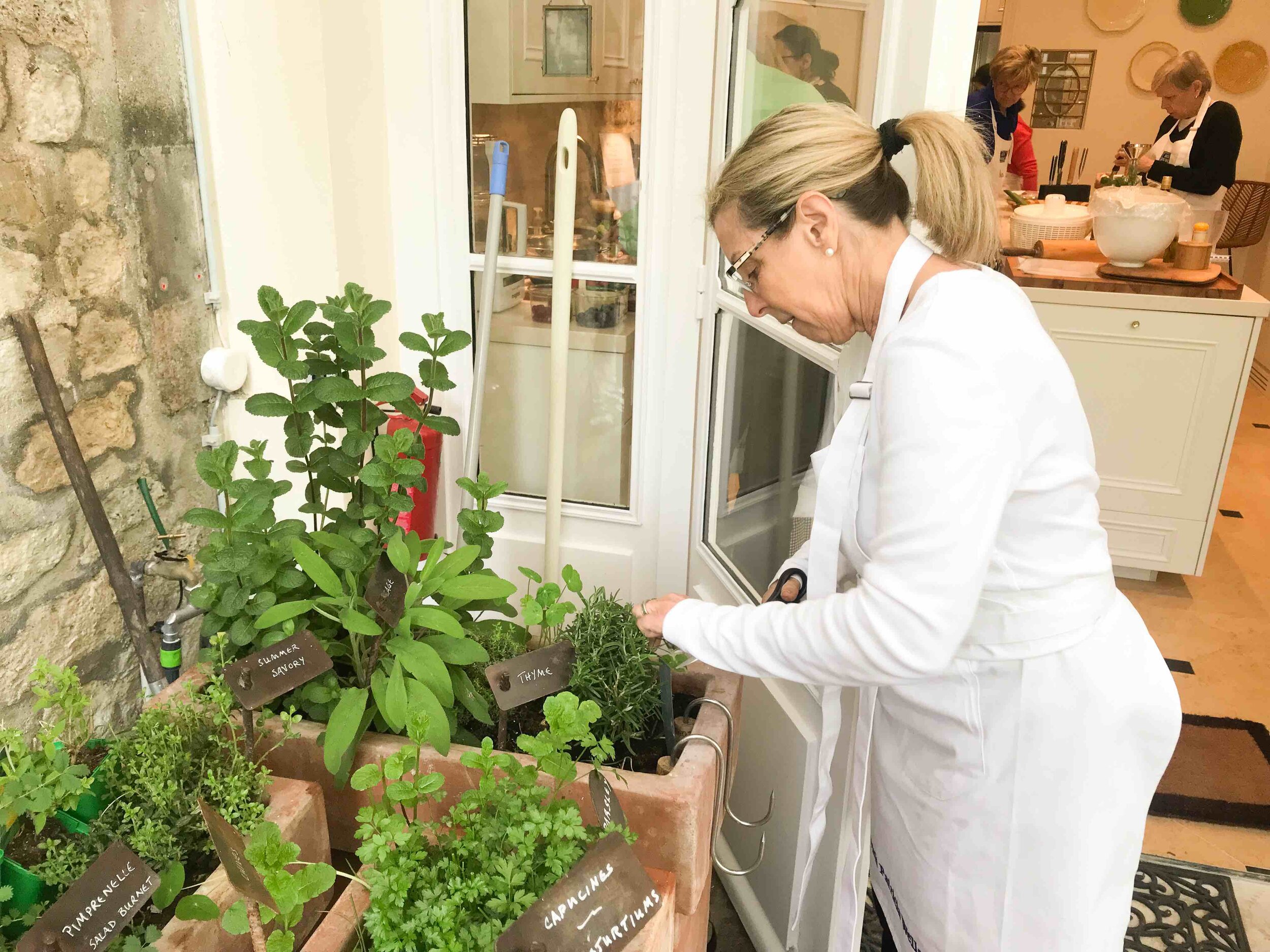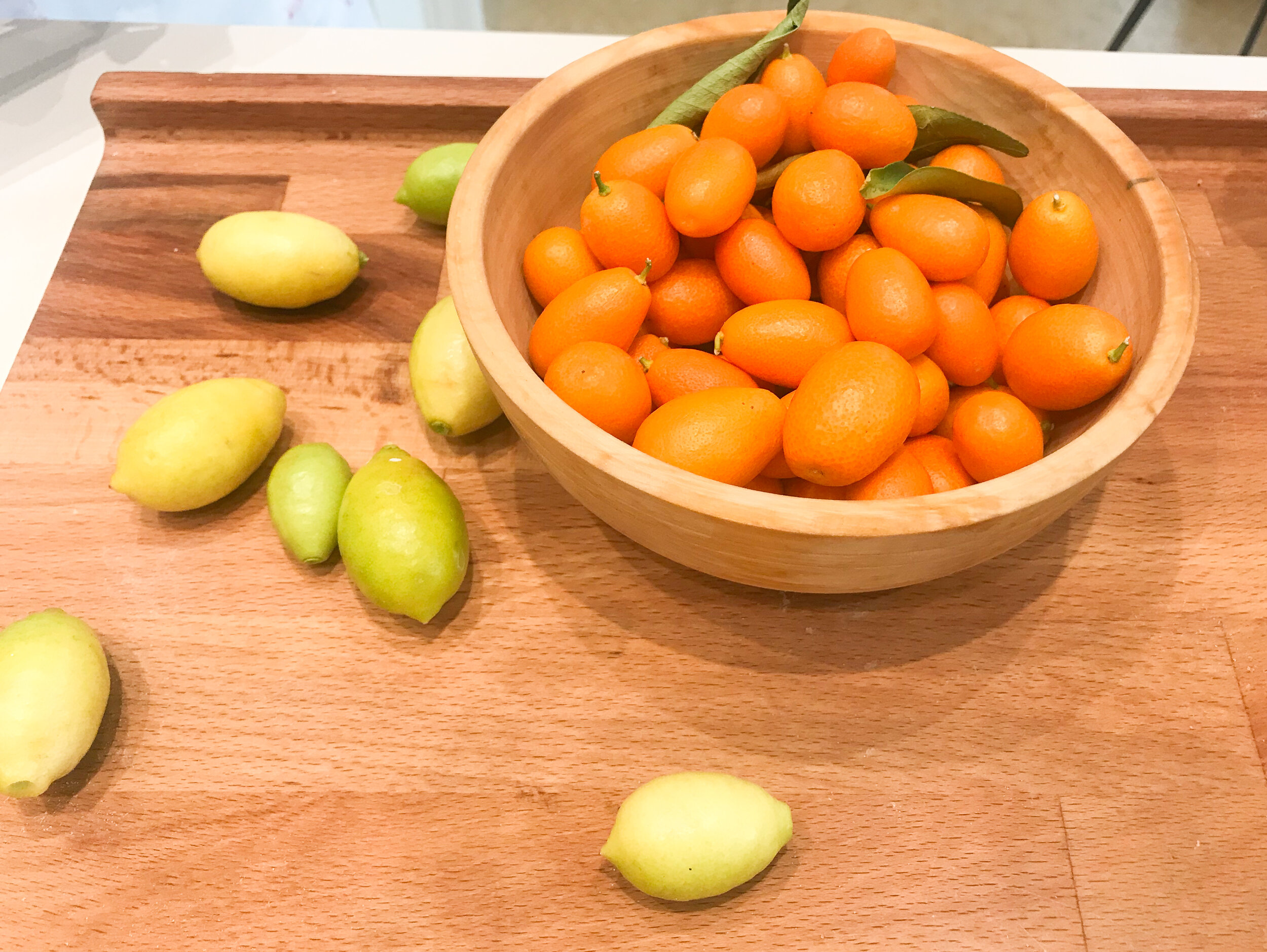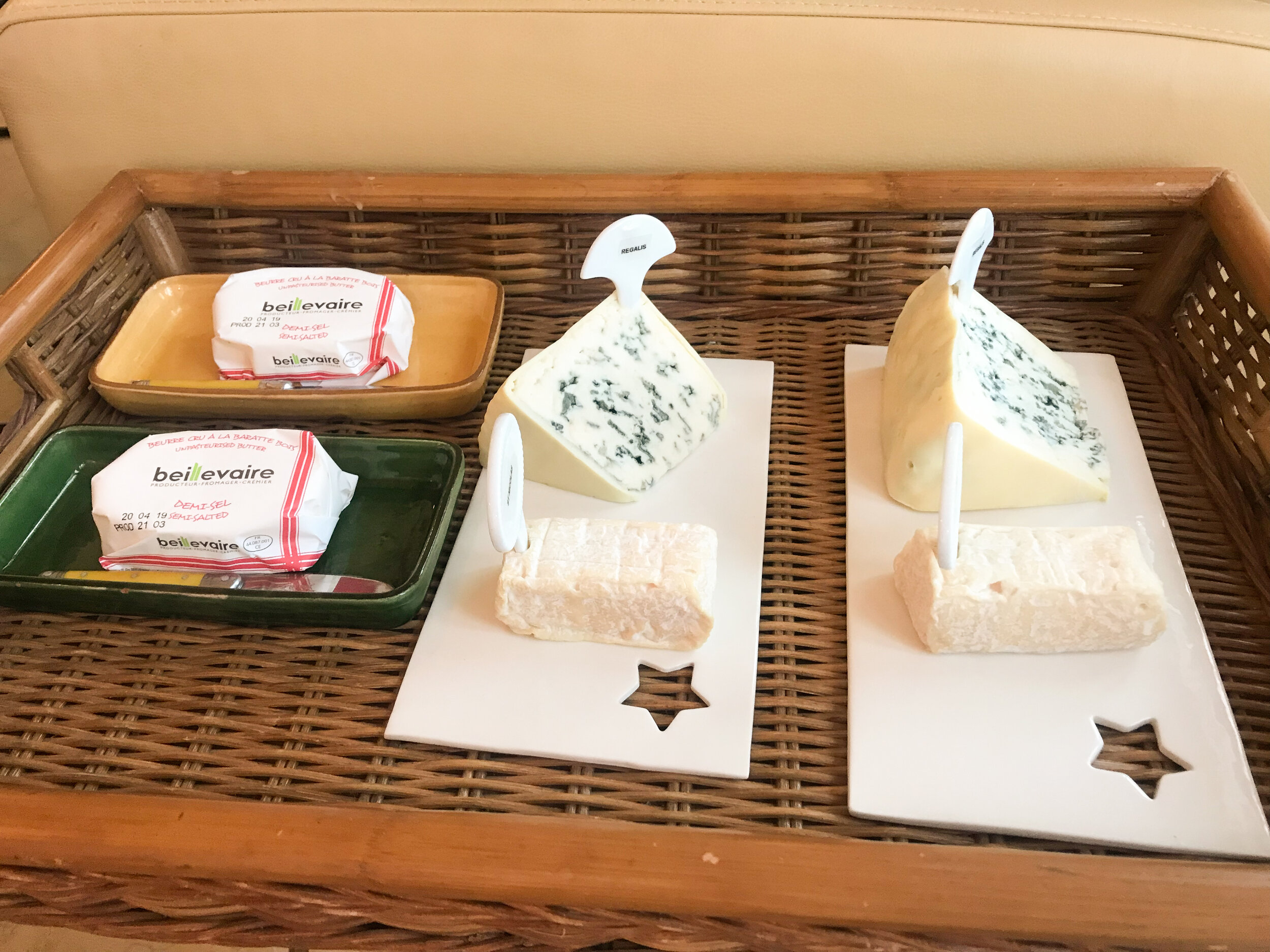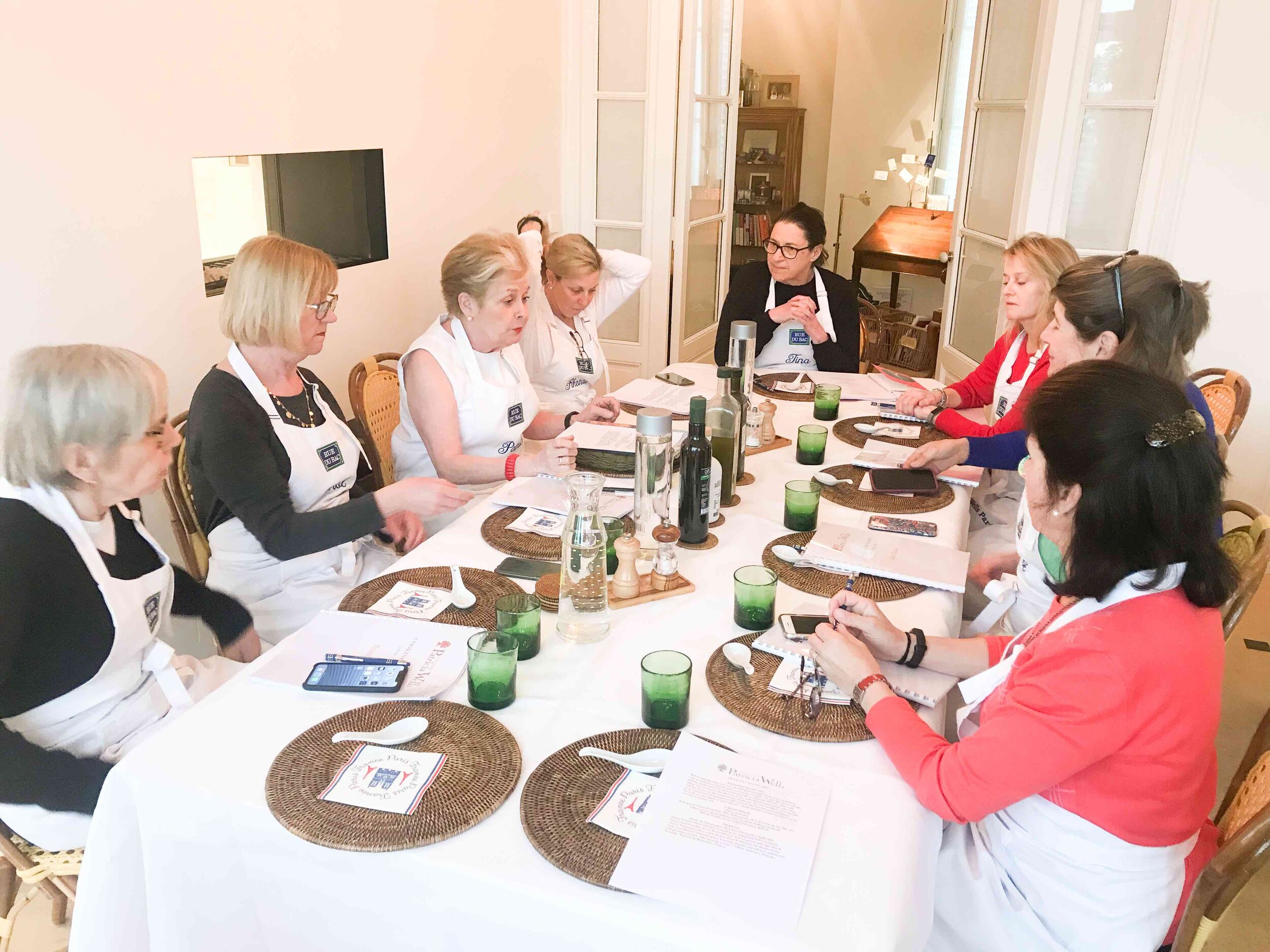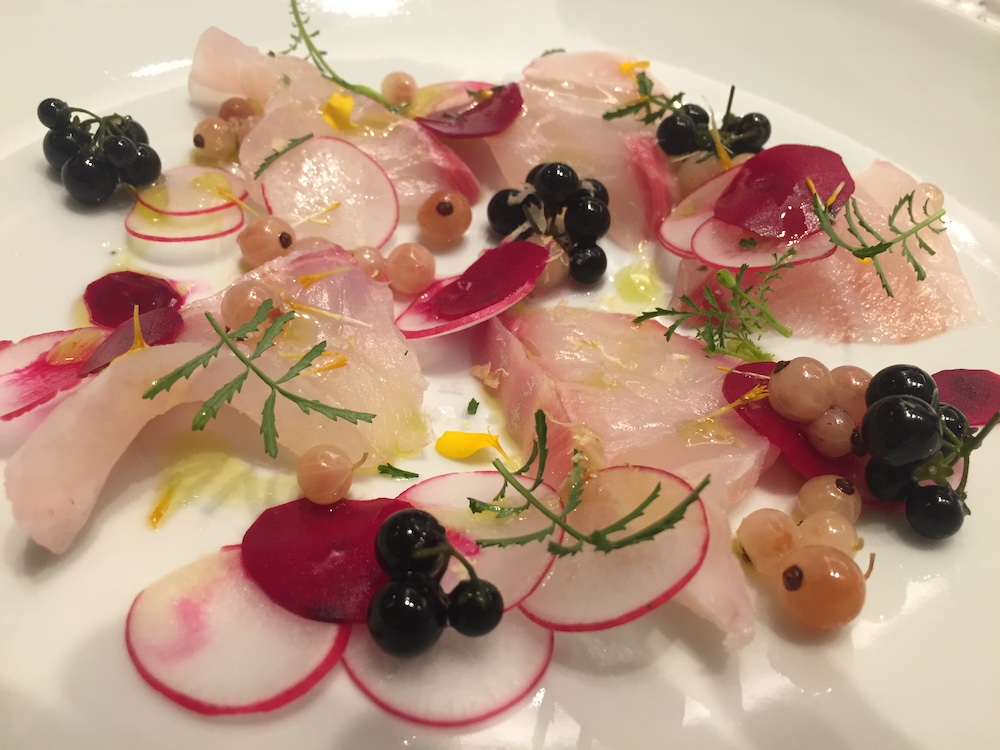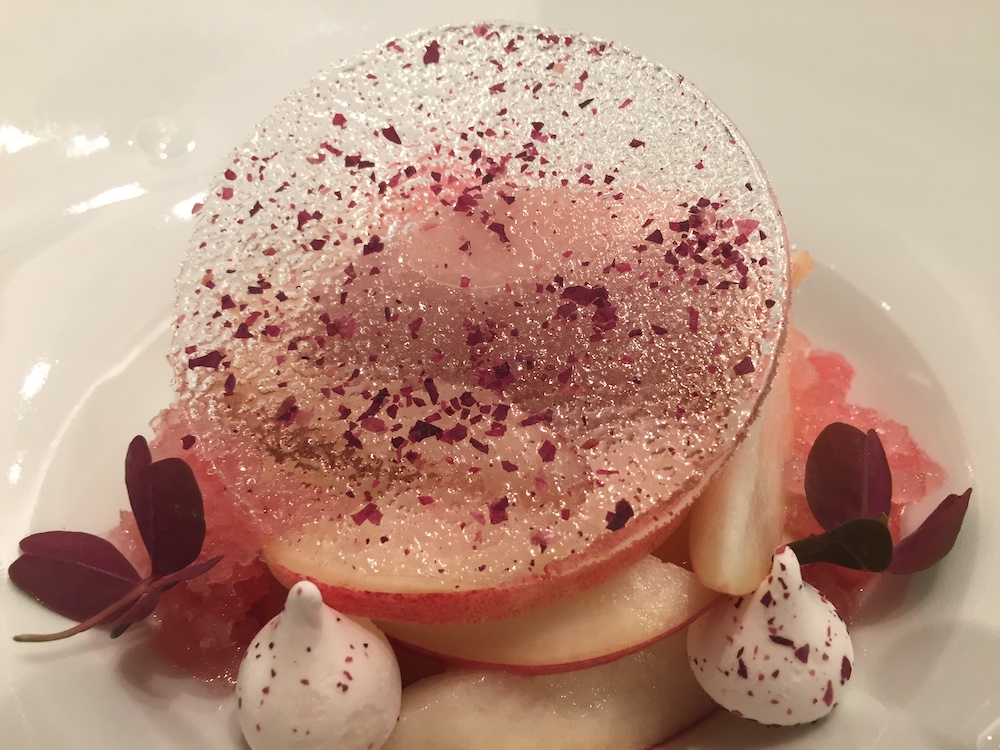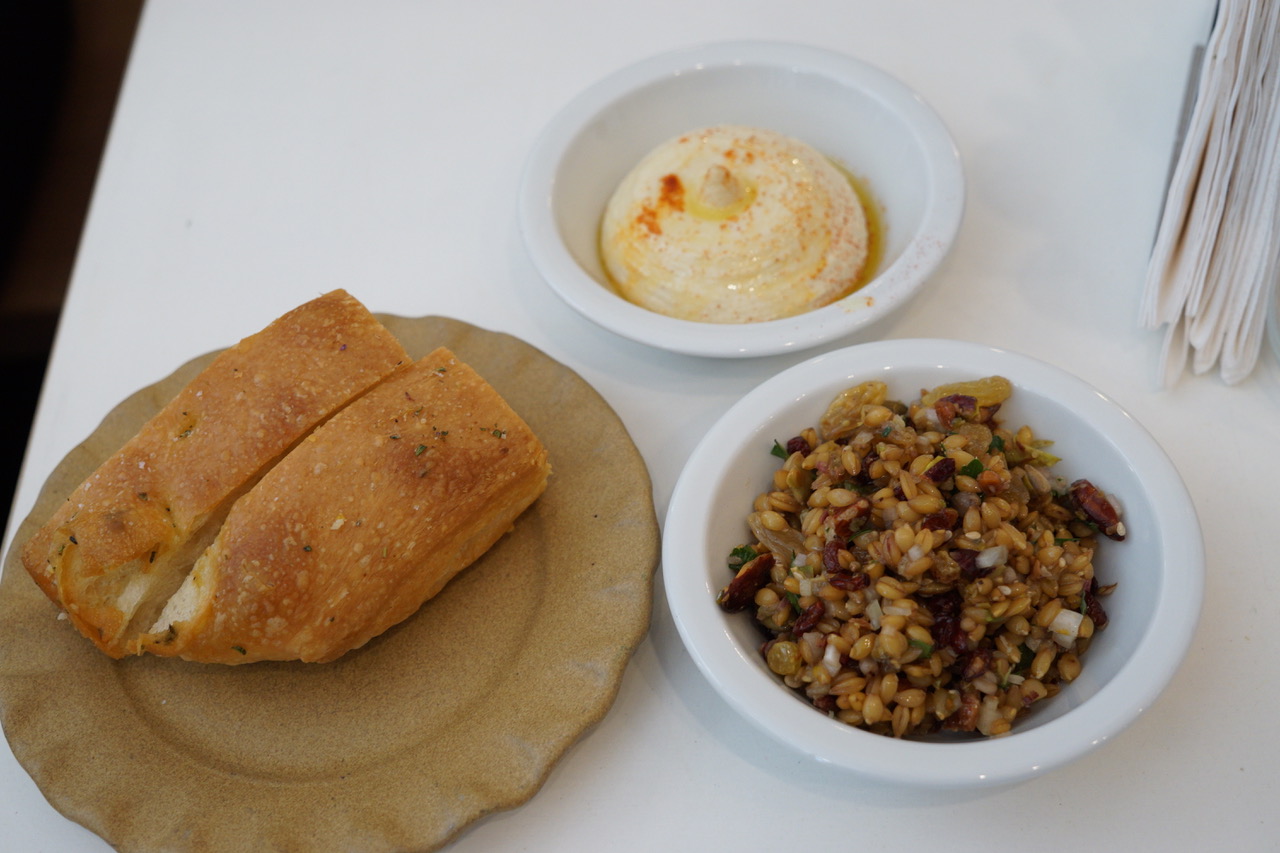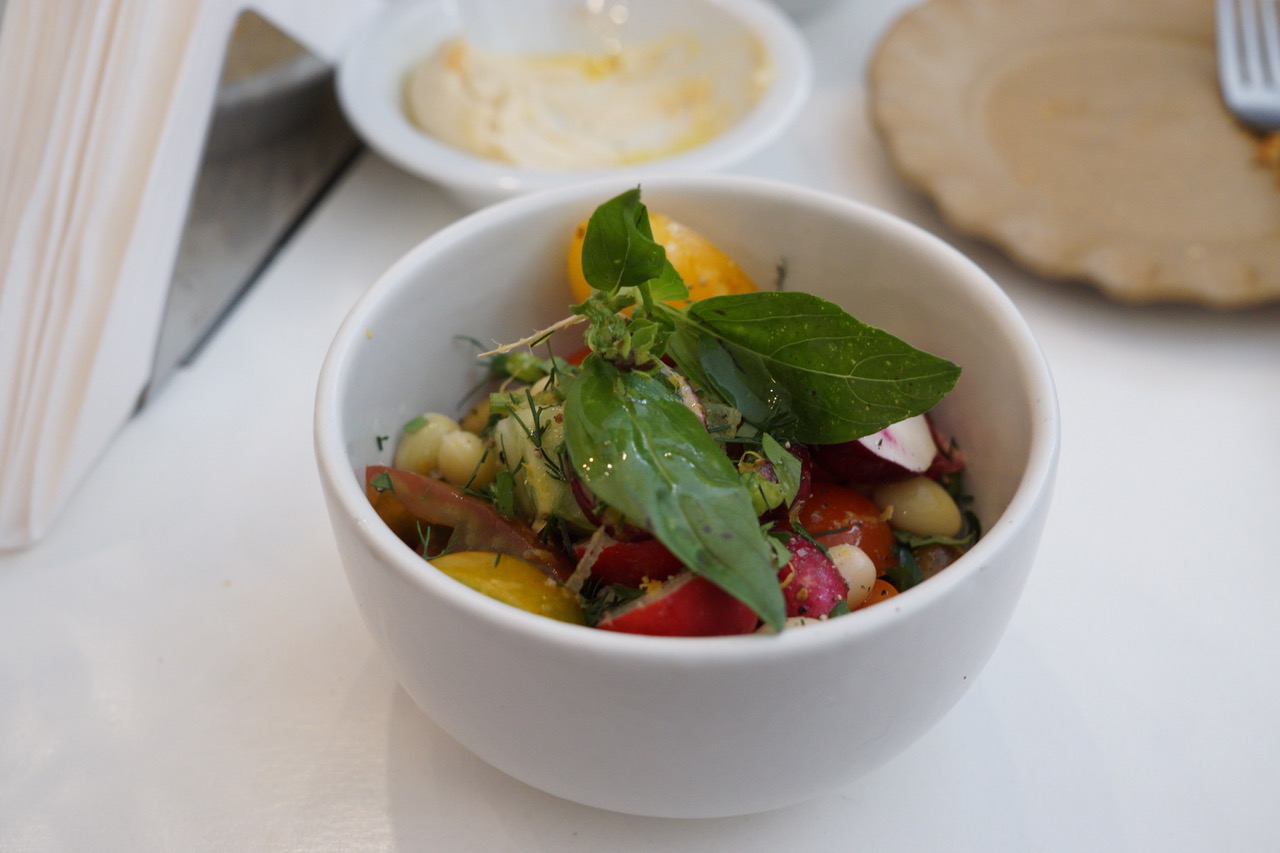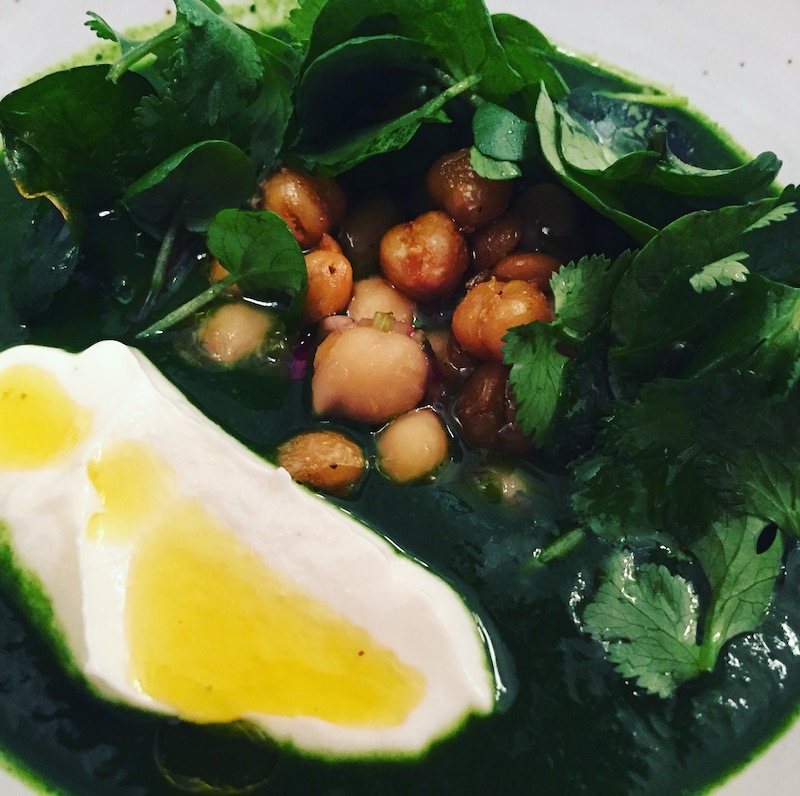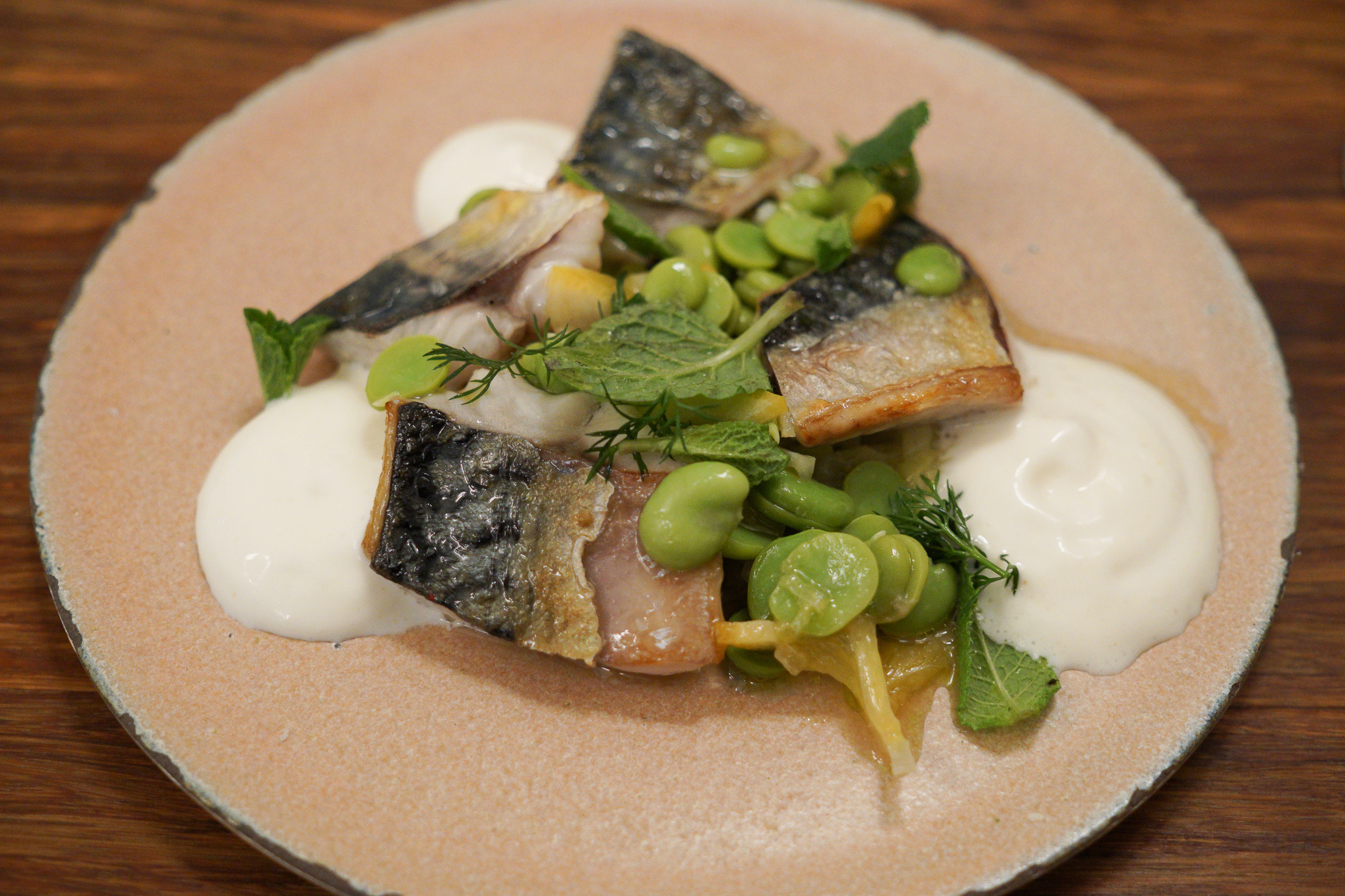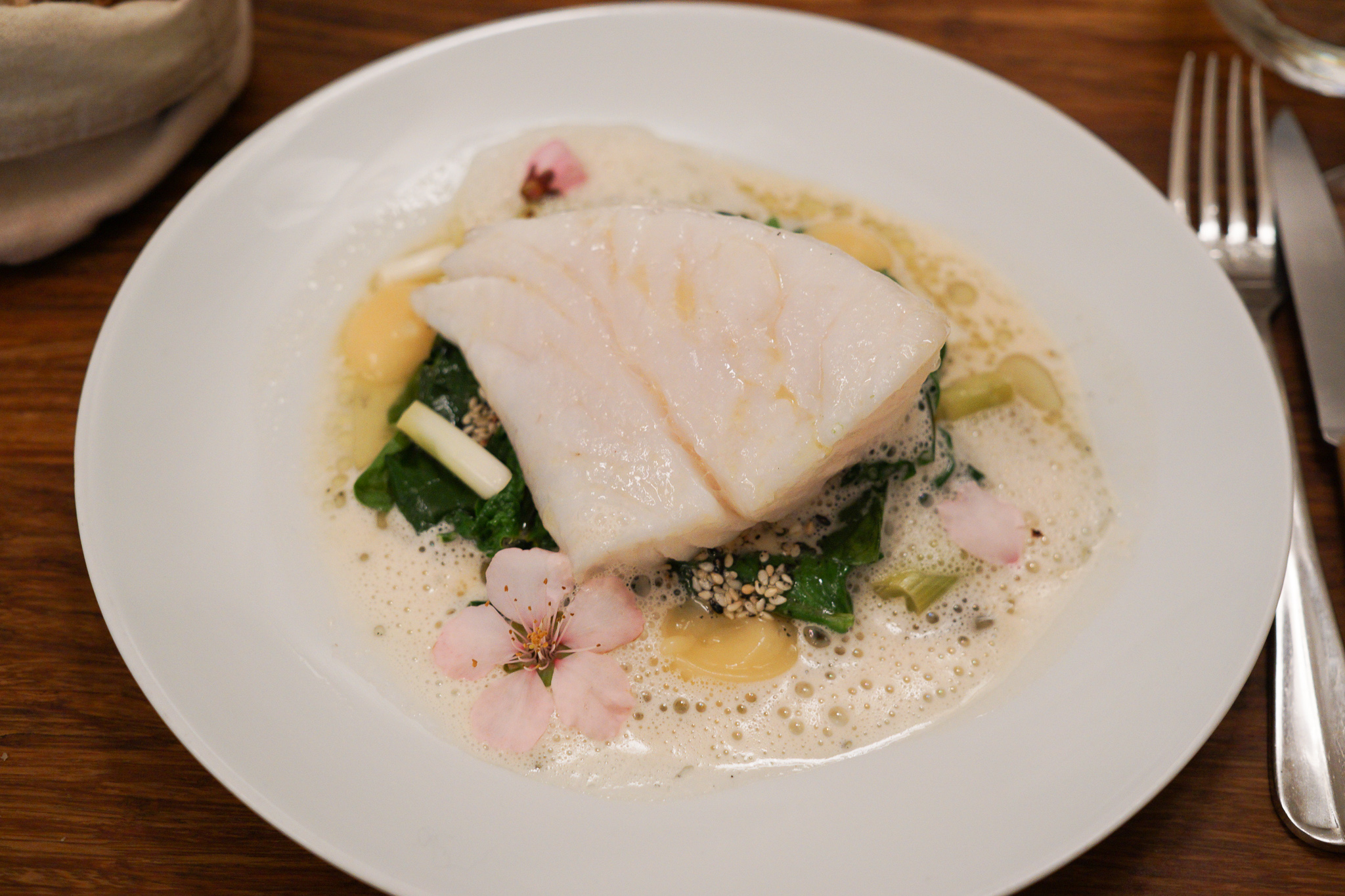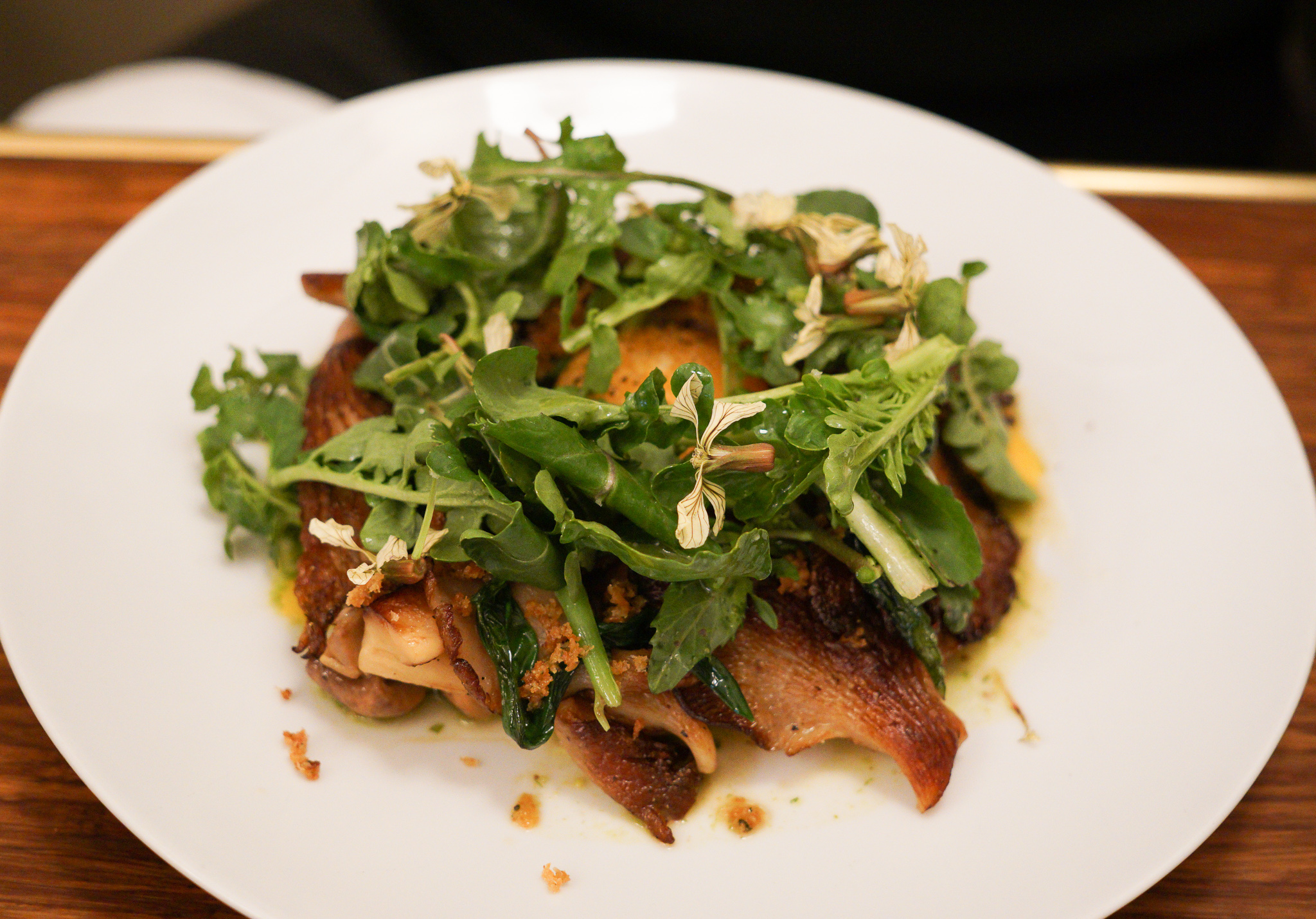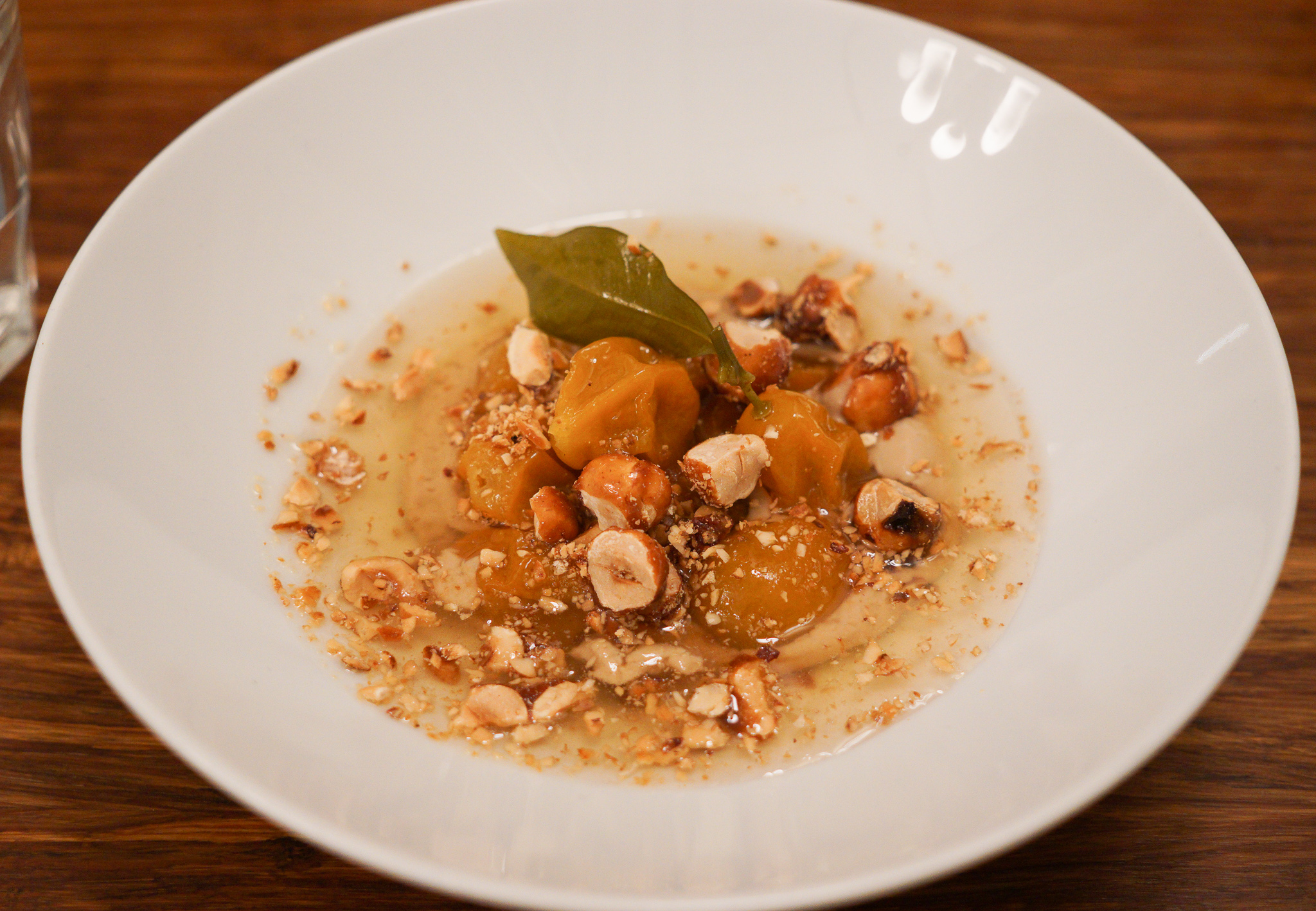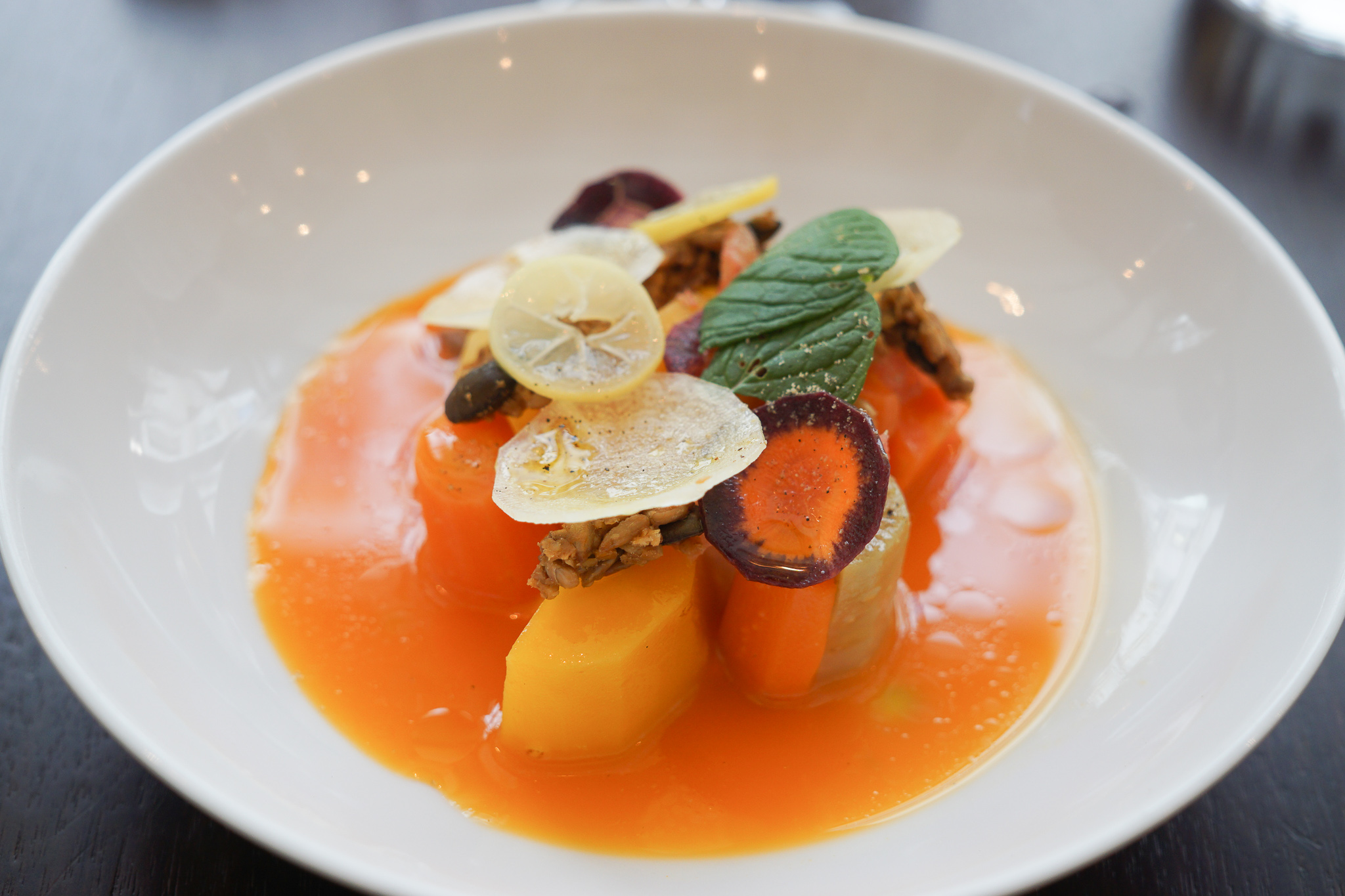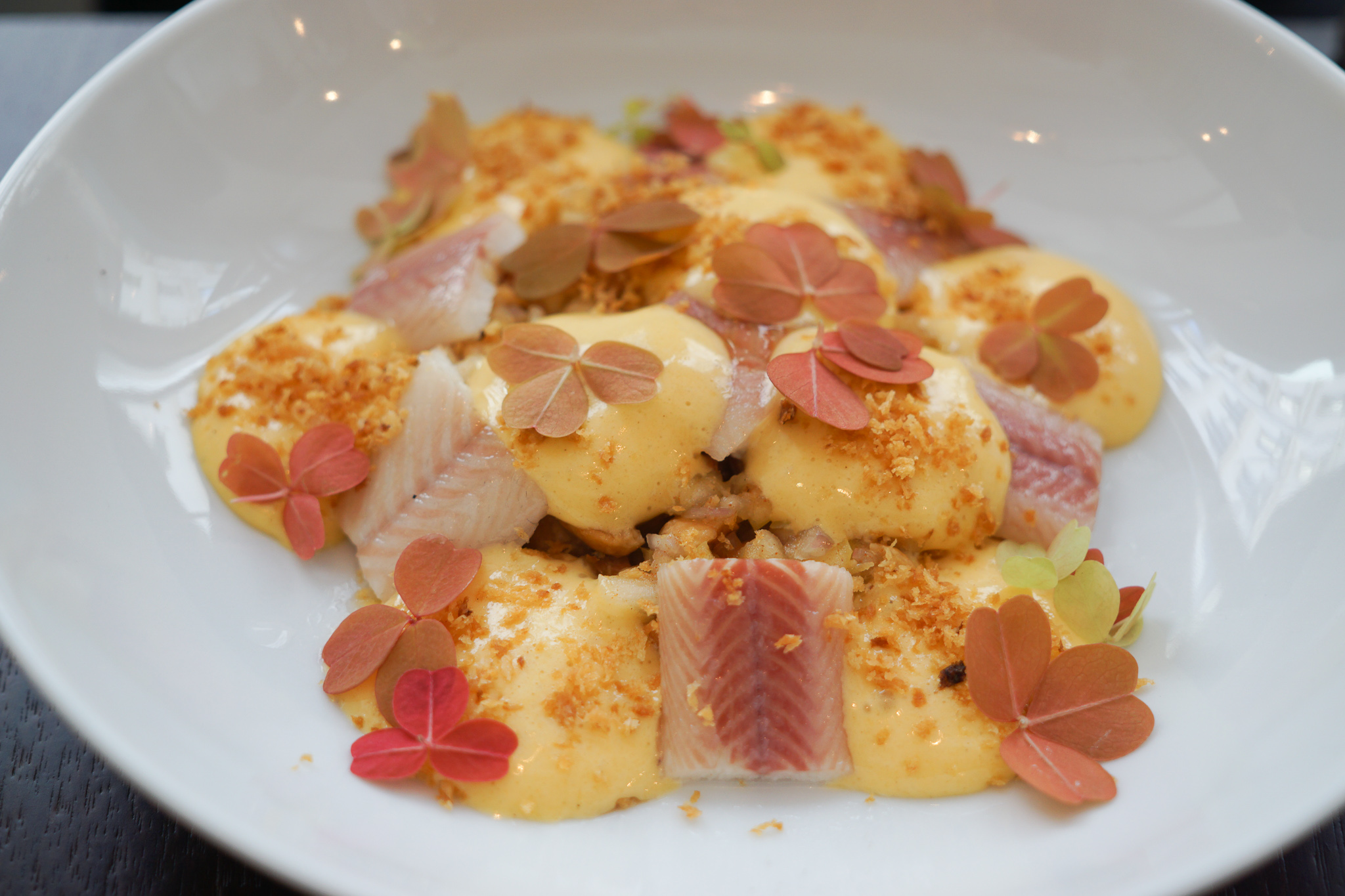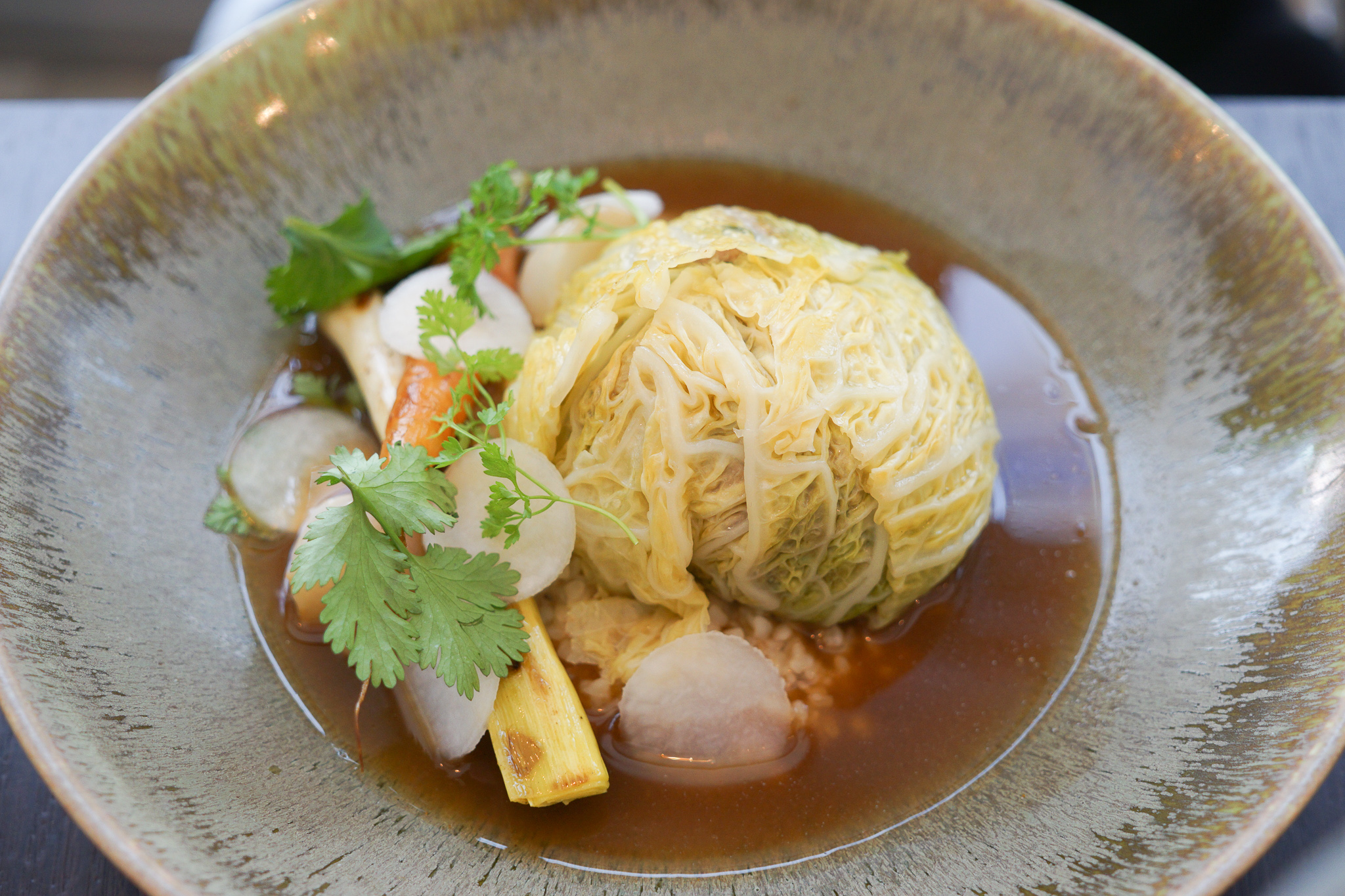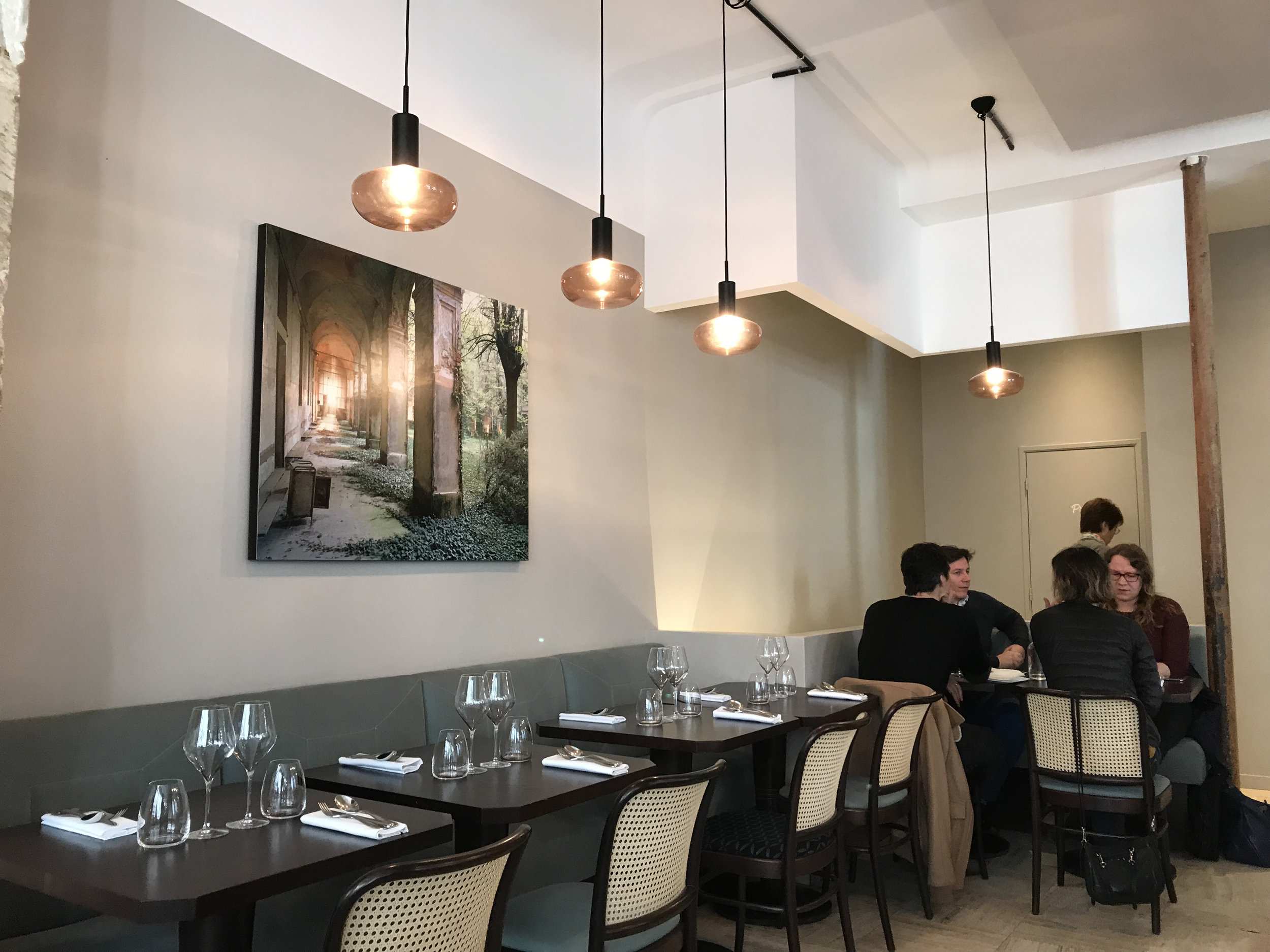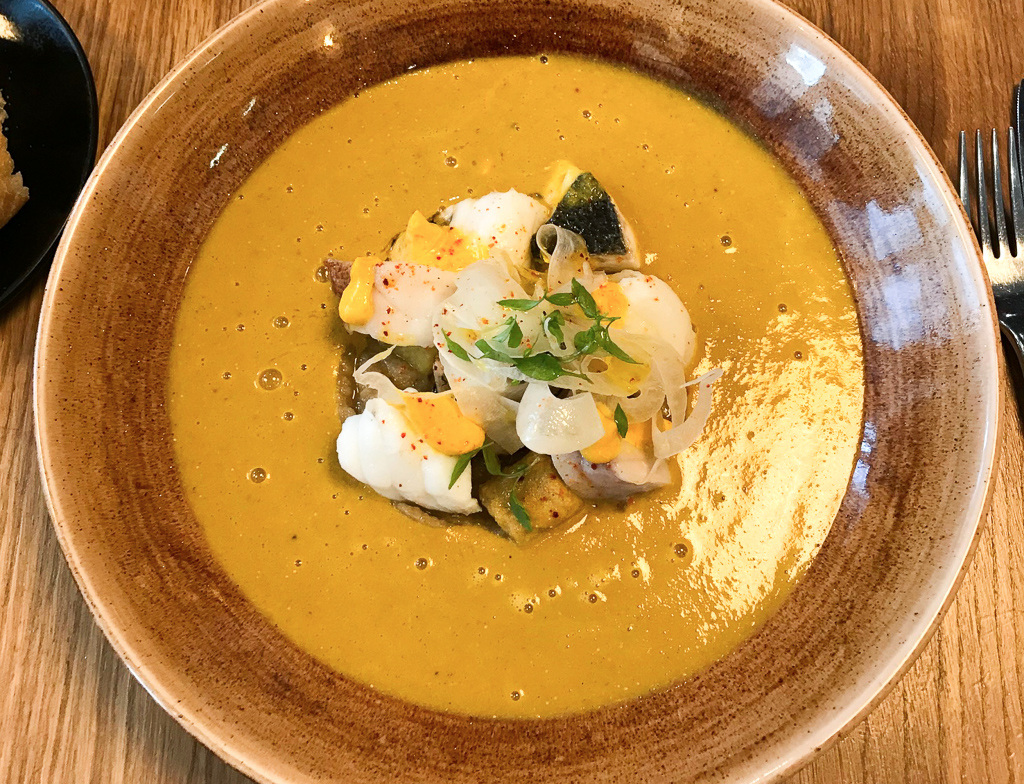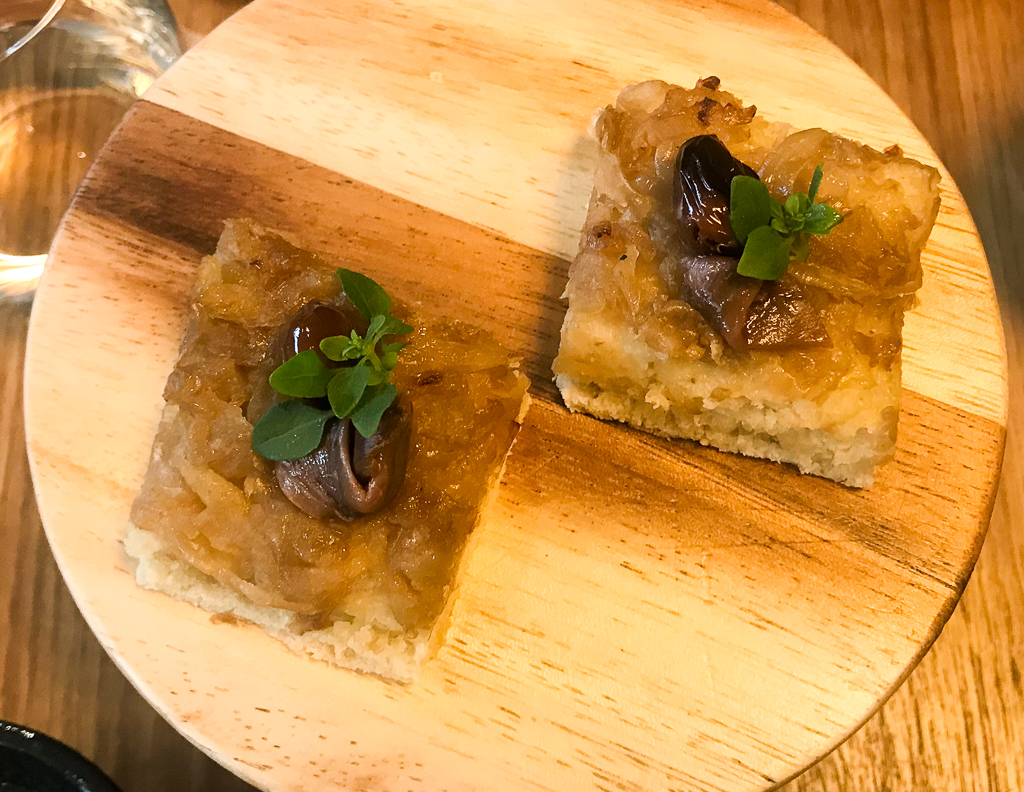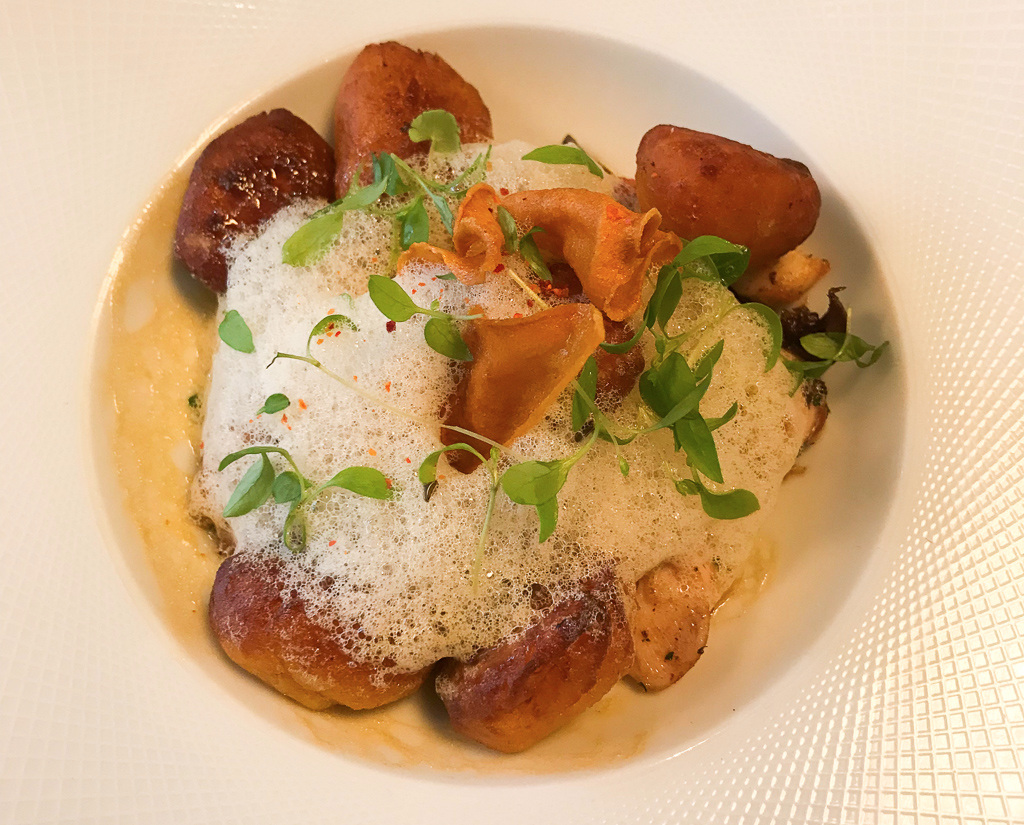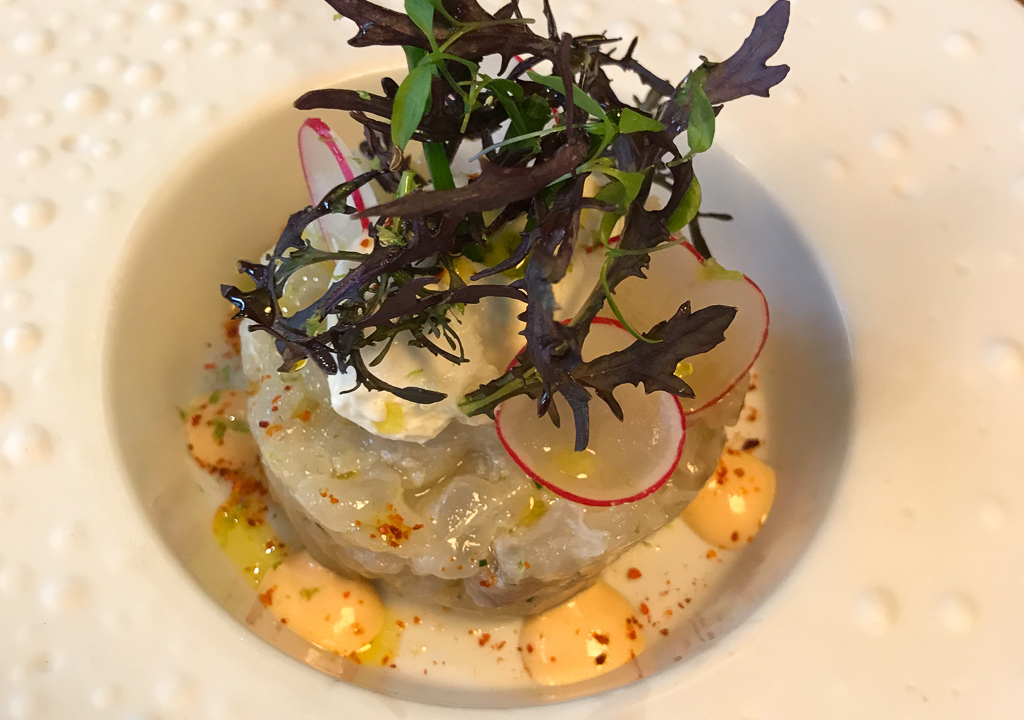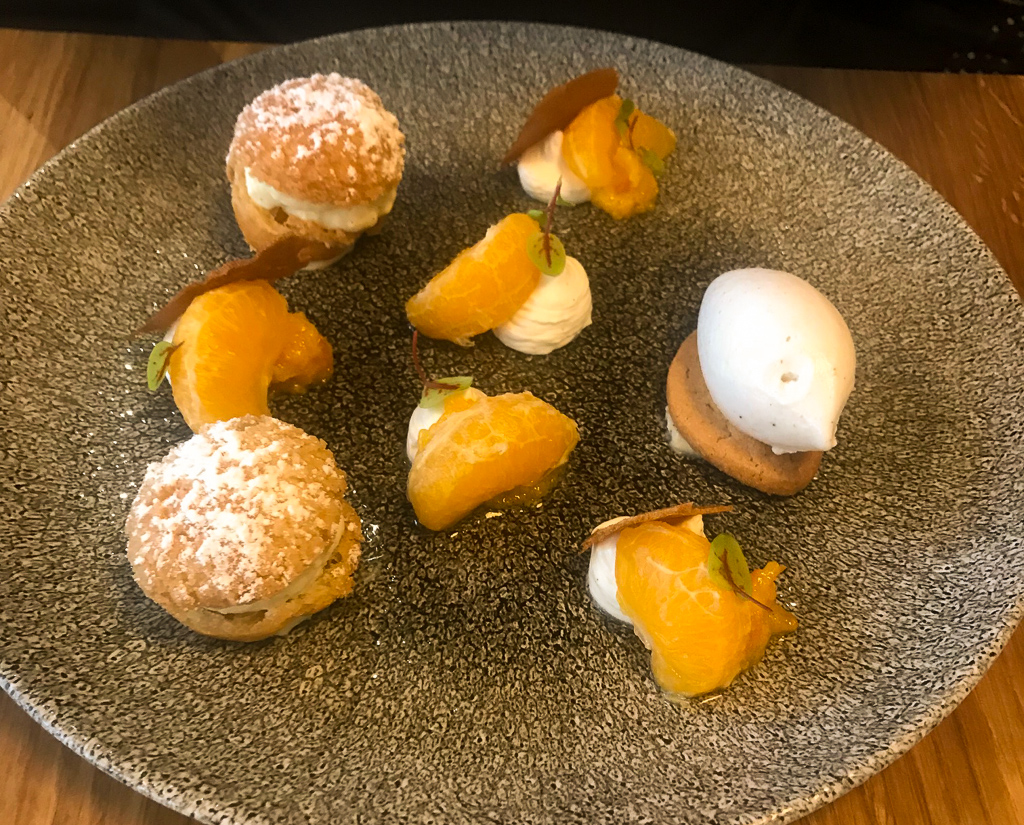To complete our Nourish the Planet bread trifecta, here is a hearty and sustaining yeast-leavened bread recipe. If you haven’t yet taken the plunge to make your own starter and sourdough or are looking for a quicker way to make a home-baked loaf, a bread risen with dry active yeast is a good place to start. The rise time is short, and while you won’t have the same lactic flavors of a classic sourdough, the combination of wholewheat, rye and spelt flours and mix of seeds give this loaf an earthy complexity that is deeply nourishing.
So why is bread an issue for the environment? The commercial refined flour that ends up in our bread, pasta and baked goods is produced in huge mono cultures (bad for biodiversity), requires large amounts of commercial fertilizer (energy intensive), pesticides and herbicides (bad for soil and the health of the local ecosystem) and the processing of the wheat not only strips most of the beneficial nutrients but is also very energy intensive. When we bake bread using ancient grains such as rye and spelt, and wholegrain wheat grown on small scale farms that respect the environment, not only does it taste so much better, but it is supporting a much more equitable and resilient food system.
Hearty, Healthy Multigrain Yeast Bread
Makes one 3-pound (1.5 kg) loaf | Equipment: A heavy-duty mixer fitted with a flat paddle; a scale; a large bowl or linen-lined basket lined (banneton) ; a cloth; a shaker filled with flour for dusting; baking parchment; a pizza paddle; a baking stone; a razor blade; an instant-read thermometer
Ingredients
1 teaspoon active dry yeast
3 cups (750 ml) warm water
2 cups (280 g) white bread flour
2 cups (280 g) light whole wheat bread flour
1 cup (140 g) rye flour
1 cup (140 g) spelt or épeautre flour
1 cup (150 g) mixed seeds: equal parts sesame, flax, and sunflower seeds
2 tablespoons malt flakes or malt powder (optional) (see Note)
1 tablespoon plus 1 teaspoon coarse sea salt
Method
1. In the bowl of the heavy-duty mixer fitted with a flat paddle (not the bread attachment), combine the yeast and 1/4 cup of warm water. Mix at low speed to dissolve the yeast. Set aside to proof, about 10 minutes. Add the remaining 2 3/4 cups water and mix. Add the flour, cup by cup, mixing just until the dough is hydrated. This should take 1 to 2 minutes. The dough should be sticky, thicker than a batter but not so dense that the dough could easily be kneaded. Knead at lowest speed for 5 minutes. The dough should be extremely sticky and wet, with web-like, visible strand of gluten.
2. Add the malt flakes, salt, and grains to the dough, mixing at low speed just until all the ingredients are well-incorporated, 1 to 2 minutes. The dough will be sticky. Line the bowl or basket with a clean cloth and dust the cloth generously with flour. Carefully transfer the dough to the flour-dusted basket. Cover and let rise until the dough has risen slightly, about 2 hours.
3. About 20 minutes before baking the bread, place a baking stone in the oven and preheat the oven to 425°F (220°C).
4. Place a sheet of parchment paper on a pizza paddle. Turn the dough out onto the pizza paddle. Score the loaf with a razor blade. Carefully transfer the dough on the parchment onto the baking stone. Bake for 20 to 25 minutes, or until the loaf is evenly browned, and until the bread reaches an interior temperature of 200°F (95°C). Watch carefully, since ovens vary: If the bread seems to be browning too quickly, reduce the heat.
5. Transfer the bread to a wire rack to cool. The bread continues to bake as it cools so resist the temptation to cut the bread before it is thoroughly cooled, at least 4 hours. (If you do, it may tear, with an uneven texture.) Store the bread at room temperature in a cloth towel or cloth bag, slicing off only as much as you need at a time. The bread will stay fresh for 1 week.
NOTE
Malt flakes or malt powder can be found in health food stores.
VARIATION
For a festive touch of color and sweetness add about 3/4 cup (4 ounces; 125 g) dried cranberries, 1 cup (4 ounces; 125 g) slivered almonds, and 1/3 cup ( 4 ounces; 125 g) pistachios, adding at the same time as the coarse sea salt.
This is a Nourish the Planet recipe, a collaborative series by Patricia Wells and Emily Buchanan. © 2020 – All rights reserved. Please do not reproduce without permission.
Find our more here about why we created this series.









